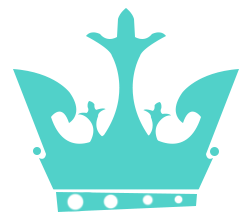The COMPLETE Beginner’s Guide to Sketchbooking in 2024
Disclosure: This article may contain affiliate links. That means if you buy something we get a small commission at no extra cost to you.
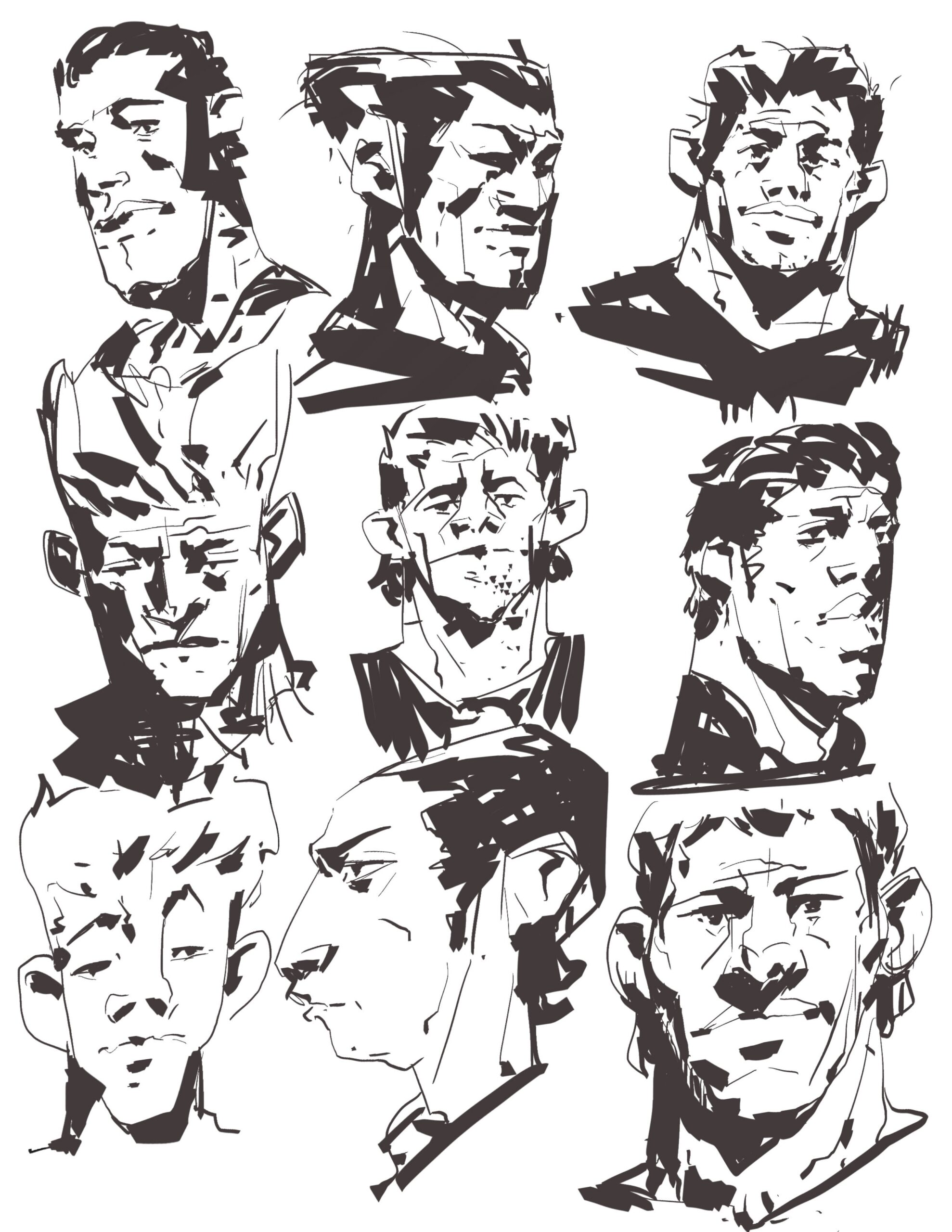
If you’re someone just starting your art journey, you might be wondering about how to go about all of it. Where to start? What to learn first?
It must all be terribly frustratingly, so let me help you out by saying this.
ALL artists have had sketchbooks. Yep, that’s right. Every one of them. Be it a beginner artist or a professional artist.
So whether you’ve just begun your art journey or you’re an intermediate artist, sketchbooking is going to play a vital role in your art education.
But this isn’t just limited to anyone who wants to take art seriously. No, this has a multitude of benefits for hobbyists as well.
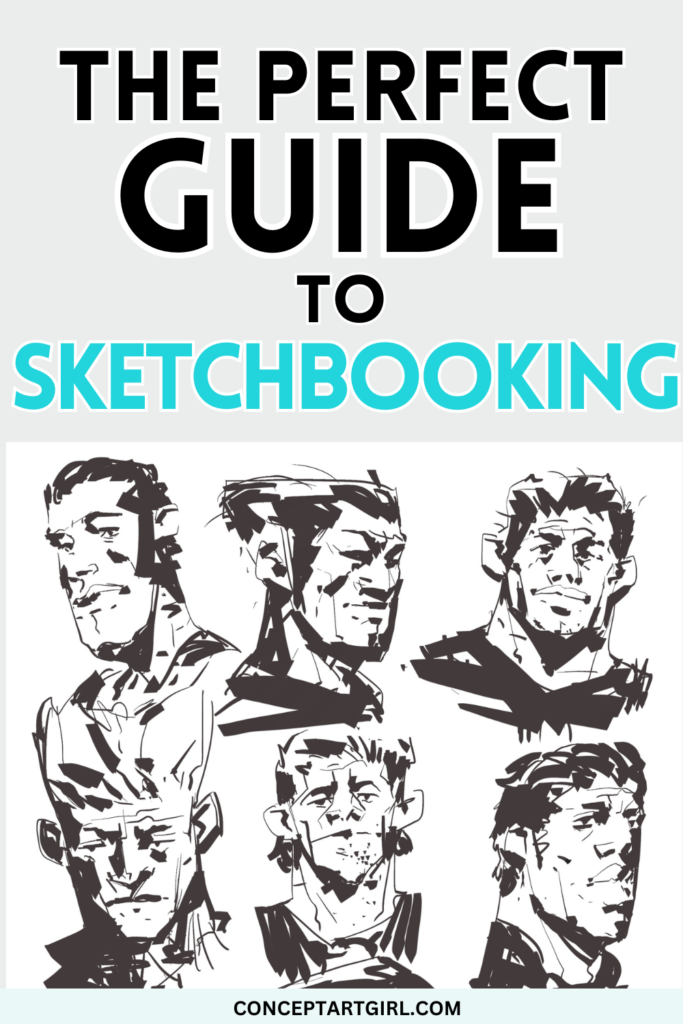
And Why Is That?
It’s primarily because sketching just brings out our creativity so much better.
Think about it.
If you sit in front of a blank, expensive sheet of paper, you automatically get really tense. More often than not, you freeze up and put off finishing that drawing as you’re only too afraid of messing up.
However, if you draw in a sketchbook instead, I’m 100% sure you would be much more open as well as creative in your endeavors.
Sketchbooks allow you to experiment and try out new things more often.
And, if you make a mistake, you can simply turn the page and start again.
This simple change does remarkable things for your drawing skills. More than you would ever think. And that is why it is so crucial to get started with a sketchbook right away!
The Ultimate Beginner’s Guide to Sketchbooking in 2024
Types Of Sketchbooks
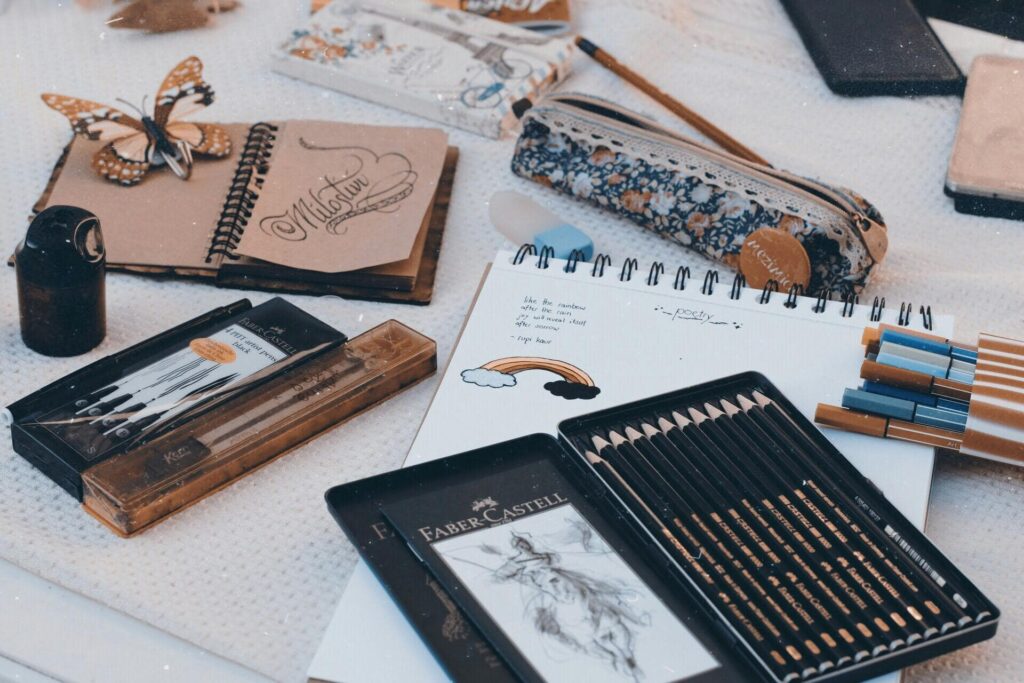
To get started, you would need to know about the various kinds of sketchbooks.
This isn’t a big deal, as the most important thing is to draw, but it’s better to have a basic understanding of the different types of sketchbooks so that you can get the most out of it.
To help you better understand my point, say you’re looking for a sketchbook for watercolors. For starters, a sketchbook for sketching and a sketchbook for watercolors are drastically different.
This is mainly because there are many things to consider, such as :
- The thickness of the paper
- Where you would be drawing
- The purpose you intend it for
For example, if your primary goal is to sketch out some drawings regularly using pencils, you would have to go with an acid-free, spiral-bounded sketchbook with 110 gsm.
If you’re confused, please don’t worry. I’m going to break everything down for you.
1. Binding
There are basically two types of binding:
- Spiral Bound
- Hard Bound
Spiral Bound
I’m going to let you in on a secret. These are my favorites!
These sketchbooks are spiral-bound at the center, which means that the flexibility offered is astounding.
Whether you’re traveling and intend to draw on the go, or if you’re sketching for a life drawing class, these sketchbooks are perfect.
Hard Bound
These sketchbooks are tightly wound at the center and are great if you intend to keep your sketchbooks intact for years to come.
Also, these sketchbooks are great if you don’t have a surface to draw on, as the hardcover solves that issue well enough.
However, there is a small downside to this, as it’s super irritating to draw on them regularly. For one, I can never get the book to open wide enough to draw in the center properly.
The other issue is that you really can’t remove any sheets from the book, as once you remove one, the others soon start falling out.
However, if this is not a problem for you, and you prefer these types of sketchbooks, then you can definitely continue using them without any hesitance.
Perforated
So this is kind of a third type of sketchbook. It’s something you can opt for with either of the two above-mentioned sketchbooks.
Perforated sketchbooks have perforated sheets in them. (Duh)
If you prefer having the option to remove your sheets from your sketchbook easily, then this is something you’ll want to get.
2. Sketchbook Sizes
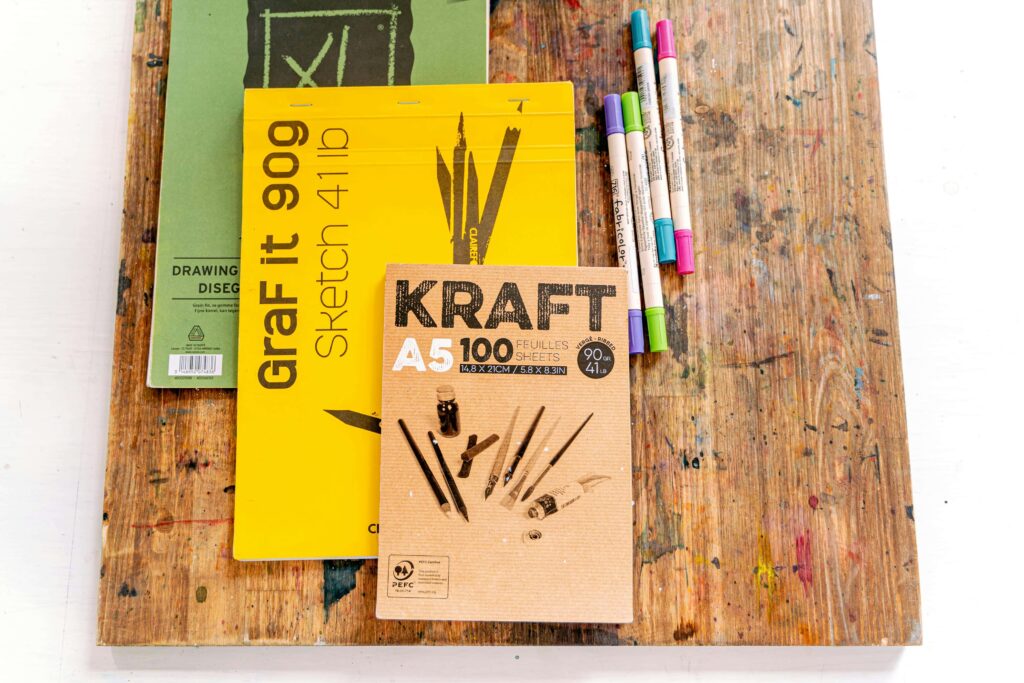
There are many sizes but the two most commonly used are A4 and A5 sized sketchbooks.
A4 Sketchbooks
Even out of these two, nothing beats the A4-sized sketchbooks. That’s primarily because you can draw anything in them, from people to vehicles without compromising too much on the portability aspect.
You certainly can draw people on A5 sketchbooks as well but it does end up getting cramped up. So I would really recommend the A4 sketchbook for leisurely drawing at home and for artists who are interested in life drawing.
A5 Sketchbooks
However, if you love drawing open environments and intend to draw a lot on the go, then the A5 sketchbooks would work out brilliantly for you.
These small sketchbooks are truly a lifesaver when I just don’t feel like lugging a huge sketchbook around.
A3 Sketchbooks
There is also a third option, which is really for people who intend to regularly attend life drawing sessions, and that is the A3 sketchbooks.
They are also great for more finished pieces and offer a lot more space than the A4 sketchbook.
TIP: You don’t have to feel limited by the options. If you feel that you want the portability of the A5 sketchbook as well as the wider space of the A4 sketchbook, then you can simply buy both. This is exactly what I do as well!
3. Paper Weight
This may seem a bit weird to you if you’re new to this term. Like what does paperweight have to do with buying a sketchbook?
I’m sure you may think this is going a bit too overboard, but I assure you. Understanding this is actually pretty important. If you’re going to take away anything from this section, I hope it would be about paperweights.
So, I want to start by mentioning that there are a lot of paperweights. And each has their own purpose.
All About GSM
To start with, the measurement unit is gsm, or grams per square meter.
The standard paper used for sketching is around 110 gsm to 140 gsm. Try to avoid buying papers with a higher GSM count than this when you’re just starting with sketching.
Also, sketchbooks tend to get more expensive with a higher GSM count, and we don’t want that.
However, if you intend to use watercolors in your sketchbook, then a higher GSM is a must. Around 200 – 300 gsm would be ideal.
If you have a lower gsm count than that, then the paper won’t be able to hold all that water and your sheets will end up getting soaked and messy.
If you’re confused with all these technical details, then don’t worry. You can just search for sketchbooks for drawing and the correct gsm usually shows up.
I would, however, prefer that you know the basics instead of buying a really expensive sketchbook for no reason.
4. Texture
There are different types of textured paper to be aware of as well.
These are not too hard to remember and you can easily opt for one depending on your purpose:
-Sketching
You can go for smooth paper, as it allows you to shade quite easily. You can also opt for a paper with a bit more texture to it to get a bit more of that grain into your drawings.
-Watercolors
A rough textured sketchbook is more favorable for watercolors and gives a good look as well.
-Color Pencils
You can opt for smooth textured paper as it is easier to blend the colored pencils. You can go for a medium textured paper as well.
I would recommend you try out several types of paper and experiment over time to figure out which one you like the best.
Also, remember to take an acid-free sketchbook. This helps keep your pages white instead of them turning yellow over time.
My Recommendation
If you’re a complete beginner, then I would recommend you ignore everything I’ve said so far.
Yes, ignore EVERYTHING.
If you’re super serious about learning, then I think the best way to improve would be to forget about the different types of paper available and just DRAW.
So, I would suggest you buy a ream of printer paper.
Yep, you heard me right. Printer paper.
I promise you I’m not crazy, and I’m saying this for a very good reason.
REASON: If you buy a fancy and expensive sketchbook then I’m sure that you won’t end up using it for a lot of time. In fact, within a month, you would probably stagnate in your art journey and you would start to procrastinate very soon.
This is because we get REALLY scared whenever we have to draw something carefully. We tend to overthink and become a perfectionist.
This means that we spend less time drawing and MORE time thinking about how to perfect our drawing.
And this usually ends up in us getting super anxious and putting off the work.
When you’re starting out, this is not what you need.
You NEED to just DRAW. That’s it.
If I give you a sheet of printer paper, I am sure that you will draw WAY more than you would have had I given you a really expensive sheet of paper.
So, my point is, just draw as much as you can. Get a ream of printer paper (which is SO cheap by the way) and draw your heart out.
I’m sure you’ll have much more freedom and so much less pressure to do things well.
Tools You NEED For Sketchbooking
Now that we’ve covered all the important bits and you know exactly which sketchbook is best for you, let’s get into some of the basic tools you’ll need while sketchbooking!
Pencil
Let’s start with the most obvious one, which is a pencil.
Now skip this part if you already know this, but for all the beginners out there, this is pretty important.
Artists usually use a variety of grades of pencils. What I mean by that, is that it’s important to have a range of grades. And this is pretty important for basically anything you draw as it has a lot to do with line weight.
So I would recommend you consider getting at least an HB, 2B, 4B and a 6B.
Also, since you’re a beginner, I would advise you to go for cheaper brands rather than the expensive ones since you’re just starting out.
So, you don’t need to invest a lot in your tools right now. A Derwent or a Steadtler would be more than enough for you right now.
I currently use Mars Lumograph pencils and they are great for just about everything, so you can definitely go for those.
TIP: If you want a pencil for more detailed work, you can also get a mechanical pencil. If you love portrait drawing or even environment drawing, then mechanical pencils are amazing. They’re also available in a lot of different sizes so you can get whichever you prefer.
Eraser
The next thing you’ll want to get is obviously an eraser.
There are two types of erasers:
- Regular Eraser
- Kneaded Eraser
You can totally keep it simple and just use the same eraser you’ve been using. It’s fine if you’re a beginner. However, if you want to be more precise in your work then a kneaded eraser has a lot of advantages.
For one, it picks up dirt, so no more eraser shavings all over your desk!
Another advantage is that kneaded erasers can be molded into any shape that you want, which is incredible if you’re drawing a portrait for example. It can precisely pick out those finer details in the hair, which is a huge bonus.
Pens
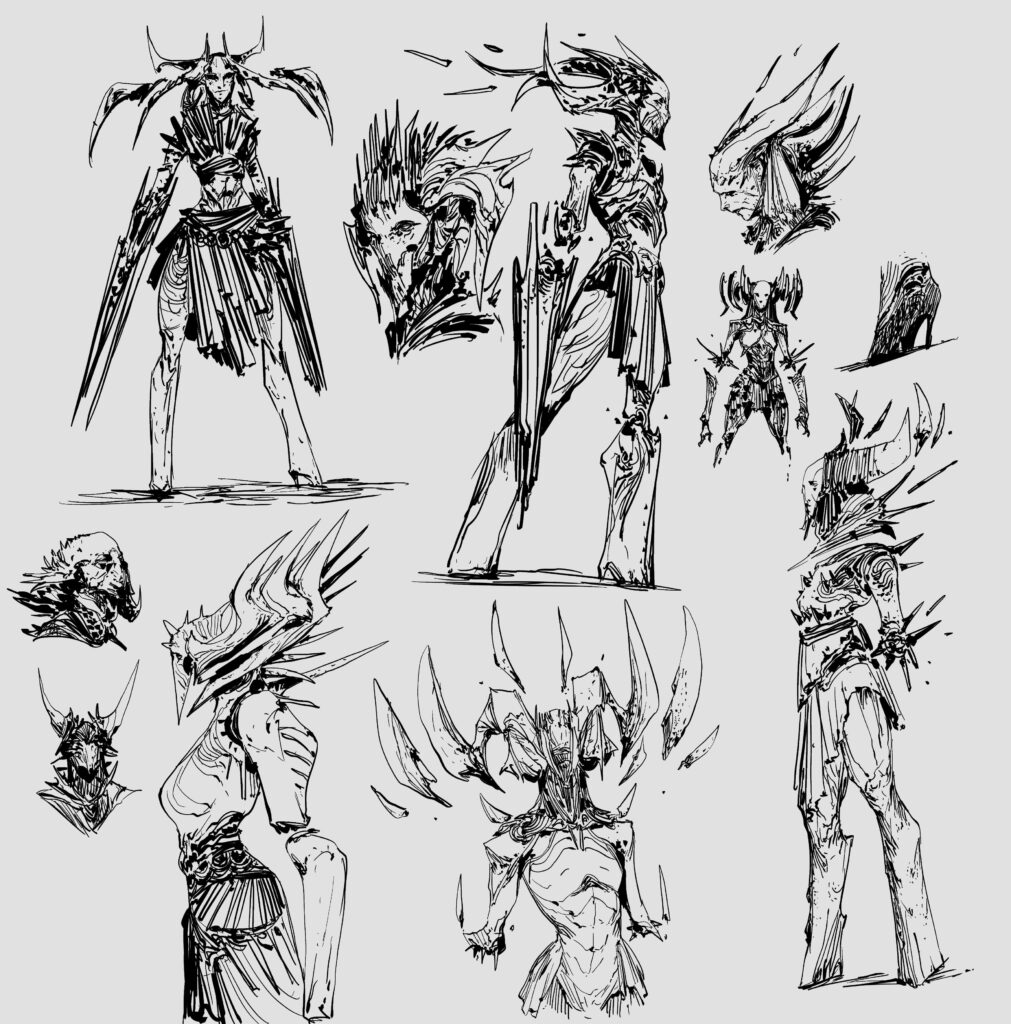
Drawing with pens has a HUGE bonus.
You see when you draw with a pen, you really can’t erase what you’ve drawn. And while your drawings may look ugly and full of errors in the beginning, over time you’ll get REALLY good.
And that’s because you’ll only draw the crucial lines. This will improve your drawing ability FAST as you’ll condition yourself to never draw unnecessary lines.
But, Which Pen Should You Get?
I’m going to be honest. It’s really personal taste.
However, ballpoint pens are generally the preferred choice by a lot of artists. It’s cheap and great for getting some practice in.
I personally use a Sakura Micro Pen, and they work great for me.
Whichever pen you end up using, remember to practice shading exercises with it as well. This will help you render much better.
There are many more tools that artists use all the time, but these are the basics. And that’s all you need if you’re a complete beginner. However, if you’d like to check out some more tools that you would need, you can see a complete list right here.
What To Draw?
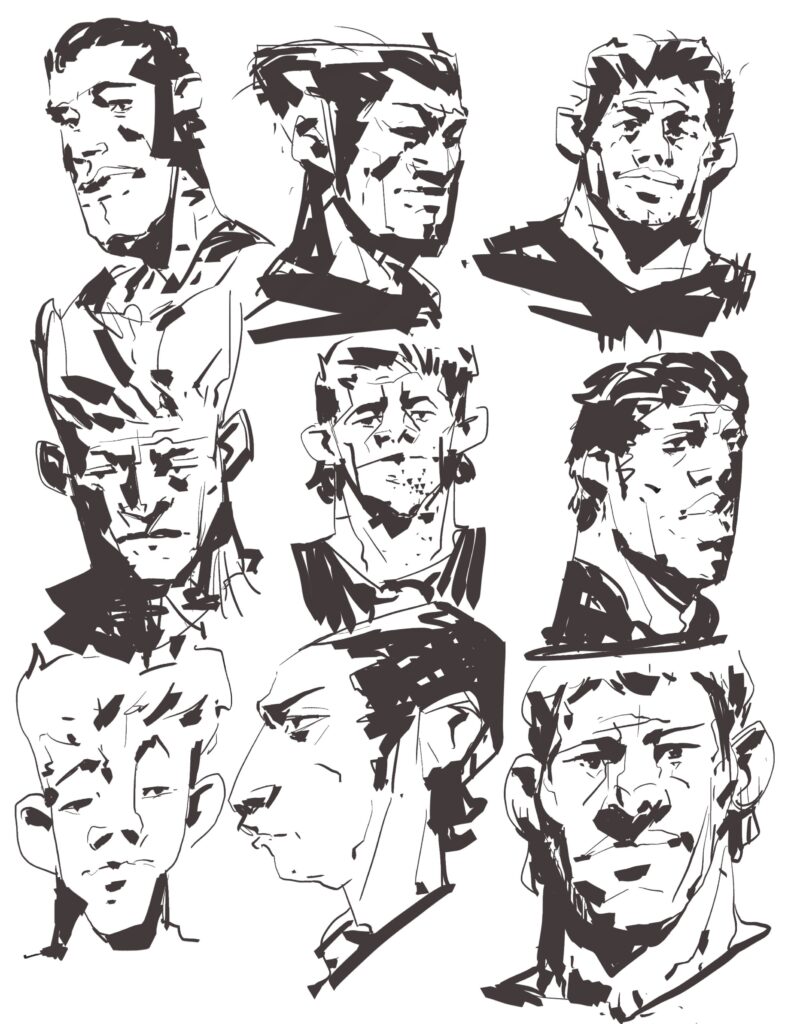
Now that we’ve exhausted the entire list of things that you may need for sketching, let’s get into the fun stuff.
What should you draw in your sketchbook?
I’m going to be very direct. That’s really up to YOU.
There’s no manual or guide you should follow. It’s really up to you what you want to draw.
You shouldn’t feel like you have to be the next Frank Frazetta in your sketchbook. You don’t need to draw perfectly proportionate figures or amazing environment scenes with perfect perspective.
No, it’s your sketchbook, and you should really draw what you’re comfortable with. Whether that may be LOTR fanart or drawing your own characters.
Just go crazy.
Draw what you love.
There isn’t and there shouldn’t be any pressure to draw perfectly all the time. There’s NO need to spend hours making sure your drawings look pretty all the time. That’s not what you need right now.
Just remember that your sketchbook is for you and only YOU. There’s no judgment here and you shouldn’t be drawing only to impress others.
A sketchbook should be a way for you to:
- Explore ideas
- Innovate
- Be creative
- Just a way to relax
You can’t be stressing out about whether your lines look perfect. That way you would never have any time to take more risks and experiment.
Your sketchbook should basically be like your diary.
Only YOU are going to look at it. So might as well do whatever you want.
That being said, if you’re confused about how to start or need some drawing ideas, then read on.
Drawing Ideas For Sketchbook

If you’re just drawing as a hobby, then you should just draw what makes you happy.
It could be the bus you rode today, or your workspace, or your cat.
You can keep your sketchbook as an art diary and draw whatever you did that day as well. The possibilities are really endless.
I would recommend you try different mediums as well.
You can try using
- Markers
- Watercolors
- Color Pencils
- Soft Pastels
- Oil Paints
Just experiment and have as much fun as you can.
Just For Art Students
Now, if you’re someone who is planning on taking art seriously, then you can take a more structured approach.
And I don’t mean rigorously drawing figures for 3 hours straight. No, I mean that you can use your sketchbook more wisely.
Let’s say that your figure drawing is weak.
You can choose a movie you really like. Let’s say Star Wars for example.
Then, you can draw out your favorite character several times. You can draw him whenever he appears on screen. You can even draw him frame by frame (which is an amazing way to practice by the way).
This way, you’ll be completing your goal, which is practicing figures, while watching Star Wars as well. Cool, right?
So, drawing in your sketchbook doesn’t have to be hard or anything. You should let loose and experiment around.
Try new things.
Draw the rooms around you. Draw your family members, your pet, your plant, anything really. Experiment with perspective.
If you need some visual drawing ideas, then I have a whole section on it right here.
How Often Should You Draw?
Whenever you’re in the mood for it. There’s no specific amount of pages you need to draw per day. Do whatever feels right for you.
If you’re an art student, I would say you should draw at least one page a day.
It’s always good if you draw more than that but just remember to be CONSISTENT.
Consistency over a long period is always better than just drawing a lot in one day and then not drawing for the next 5 days.
It’ll save you from burning out fast and will seriously boost your art skills.
So remember. Drawing one page for 50 days is a LOT better than drawing 50 pages in one day.
How To Draw Everyday
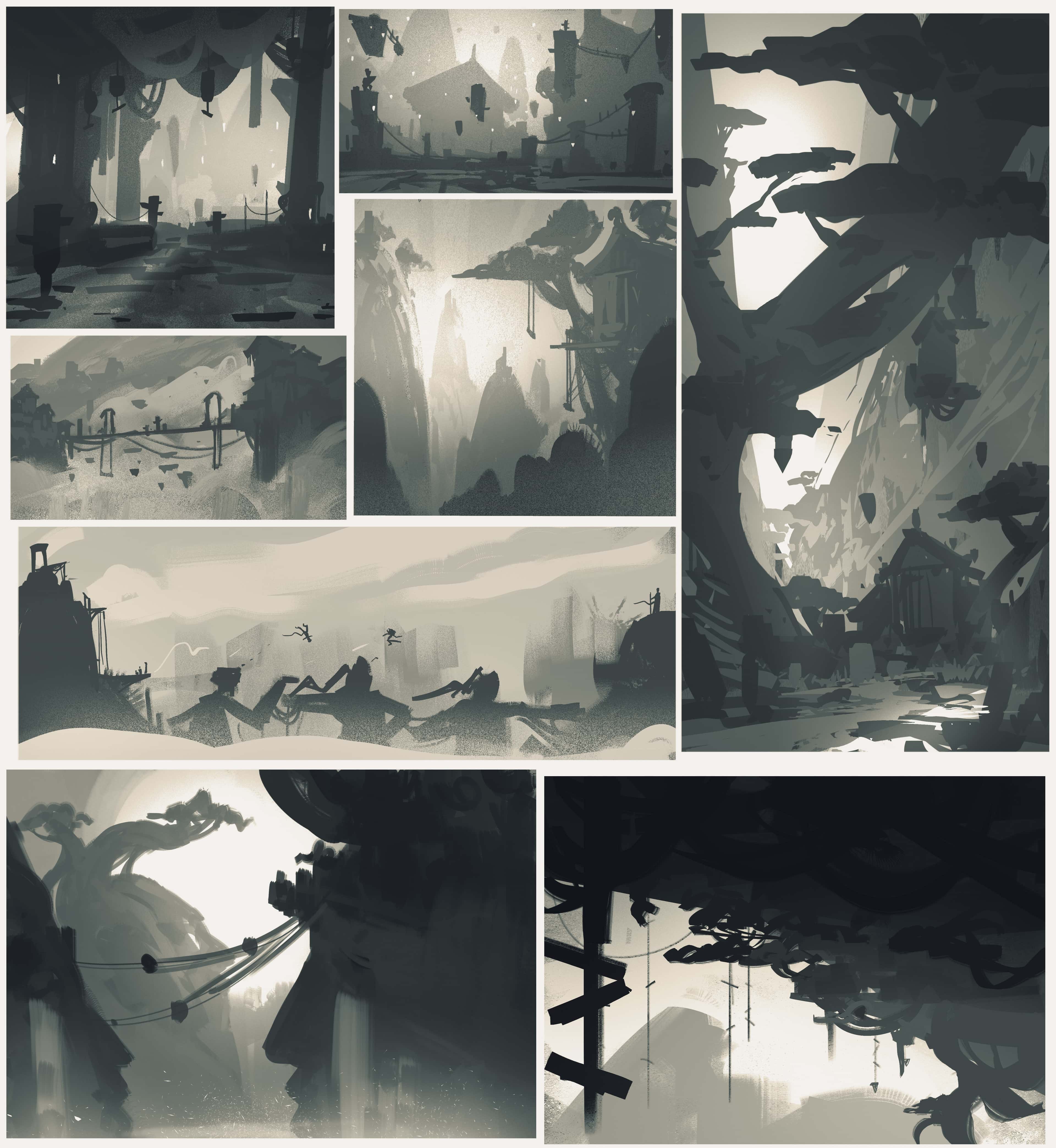
If you’re an art student and you’re wondering how to draw every single day and never fail then this section is just for you.
Motivation is really overrated.
As long as you have discipline, you will definitely show up EVERY DAY and draw every day as well.
But saying that is really easy. So how to actually apply it?
The easiest way is to make drawing a habit.
I know that sounds kinda sad but we have to face the reality.
We’re NOT going to have the motivation to draw every day. We normally tend to draw one day and then leave it for the next 3 days and then try again.
This is not sustainable, and you want to build a habit so that you can make small but consistent improvements every single day.
So what you want to do is to start SMALL.
ACTION PLAN
Keep a target of drawing one page every day.
That’s it. Just ONE PAGE. Don’t do any more than that.
But do it EVERY day. Don’t miss a single day.
Do it for at least 2 weeks.
And by the end of those 2 weeks, I’m sure you’re going to want to draw 2 pages a day instead of one.
Continue like this and slowly increase the amount until you’re drawing as much as you always wanted to.
While this was a highly simplified version of making a habit of drawing every day, I hope it made sense. If you want to find out more about this, you can click the link here.
Benefits Of Keeping A Sketchbook
As we’ve reached the end of this article, I want to quickly reaffirm the positive benefits of regularly drawing in a sketchbook.
- It keeps you happy and helps you relax
- You’re free to draw anything that you want
- If you don’t like your current drawing, you just start over on a new page
- You can start out REALLY cheap
- A sketchbook will seriously improve your creativity a LOT
- By practicing regularly, you will get MUCH better at drawing
So, for all these reasons, I hope you will start a sketchbook pretty soon.
It doesn’t cost much and it’s loads of fun.
After filling it up, I promise you that you’ll LOVE to go through the pages again.
I just love doing that myself! It’s insanely great seeing proof of your progress and it keeps you motivated to draw MUCH more!
So, stop reading NOW and start drawing!
Remember to enjoy the process and happy sketchbooking!
